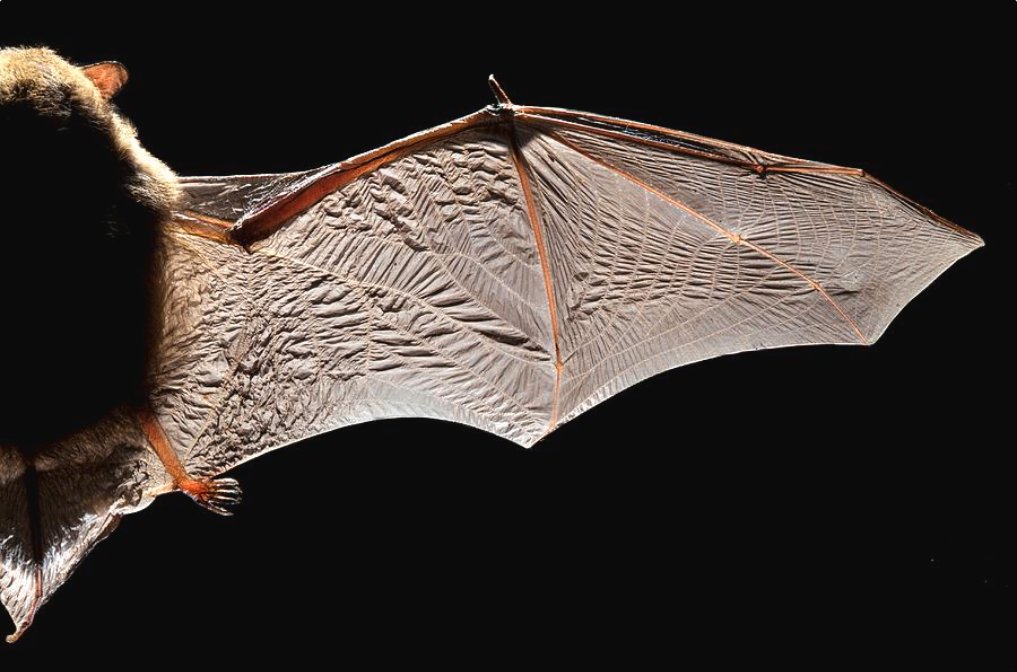
Head of Sensory & Aerial Ecology lab @UCCS | bat-insect co-evolution 🦇🦋 | Animal flight ✈️ | 3-D tracking software developer 👨💻 | he/him | anti-racist
How to get URL link on X (Twitter) App


 This moth produces enough ultrasound to likely jam the sonar of bats!! @JulietteJRubin sole author.
This moth produces enough ultrasound to likely jam the sonar of bats!! @JulietteJRubin sole author.
 Why do they do this? Bats often switched between periods using normal high-intensity echolocation with some feeding buzzes to periods (20-30 mins) with mostly silence, micro calls (more later) and chasing events with other hoary bats.
Why do they do this? Bats often switched between periods using normal high-intensity echolocation with some feeding buzzes to periods (20-30 mins) with mostly silence, micro calls (more later) and chasing events with other hoary bats. 

 2. Brazilian free-tailed bats jam conspecific sonar to compete for food.
2. Brazilian free-tailed bats jam conspecific sonar to compete for food.